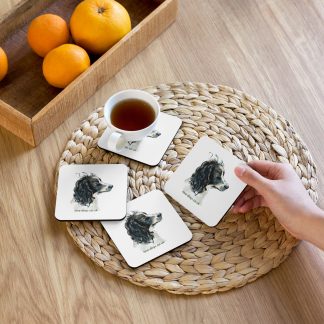
Obedience training is one of the most important and most effective things any owner can do for his or her dog. A properly obedience trained dog is a happy, productive and safe member of the family, while a untrained dog can be destructive and even dangerous.
Dogs are designed by nature to follow leaders and to look for that leadership. As pack animals, dogs naturally follow the directions of their pack leader. In the absence of a strong leader, the dog may assume this role itself. Dogs that think of themselves as the leader of their human pack can become uncooperative, destructive and even dangerous.
Proper obedience training opens up important lines of communication between handler and dog. The basis of any obedience training program is to gain the cooperation and respect of the animal. This respect cannot be exerted through rough handling methods or mistreatment. It must instead be earned through leadership and proper training techniques.
Basic obedience training consists of teaching the dog what to do and what not to do. When it comes to desired behaviors, it is important for the dog to learn and respond to basic commands, such as heeling when walking, stopping on command, sitting when directed, coming when called and staying where the handler directs.
The list of what not to do is also important when it comes to obedience training. Some of the don’ts of obedience training include – not jumping up on people, not forging ahead when walking and, not chewing the furniture or your property and not getting out of control when exposed to novel situations.
In essence, obedience training involves establishing the social hierarchy that is so important to dogs as pack animals. When your dog follows your obedience commands, such as – come, stay, sit, heel, etc., he or she is showing compliance and submissiveness. This is the same type of behavior a submissive member of a wild dog pack would show to the alpha dog in that pack.
As with any type of dog training, it is important that obedience training sessions be fun and rewarding for both dog and handler. A happy, healthy dog will be best able to learn and keeping the dog happy during the training sessions will make life easier for both yourself and your dog. Obedience training has many benefits for the dog as well as the handler. For one thing, a well trained, obedient dog can be permitted a larger amount of freedom than an untrained dog. For instance, a dog that has been properly trained to come when called can safely enjoy some off leash play time at the local park.
There is always a debate over whether it is easier to obedience train puppies or older dogs. The fact is that both puppies and older dogs can be successfully trained to be willing, obedient companions. It is generally easier to train puppies and young dogs than it is to retrain dogs that have developed behavior problems. Even problem dogs, however, can be successfully retrained using basic obedience training and control concepts.
When obedience training puppies, however, it is important to remember that puppies generally have a shorter attention span than to do full grown dogs. It is important, therefore to keep training sessions short in the beginning. It is also important to incorporate lots of play with other puppies, dogs and other animals, as well as lots of different people. Proper socialization is very important to creating a safe, healthy and happy companion dog.
There are many obedience training classes held in all parts of the country, and new puppy and dog owners are encouraged to enroll in one of these classes. Not only do puppy kindergarten and dog obedience classes provide important structure for the dogs, but it provides important chances for properly socialization the puppy as well.







